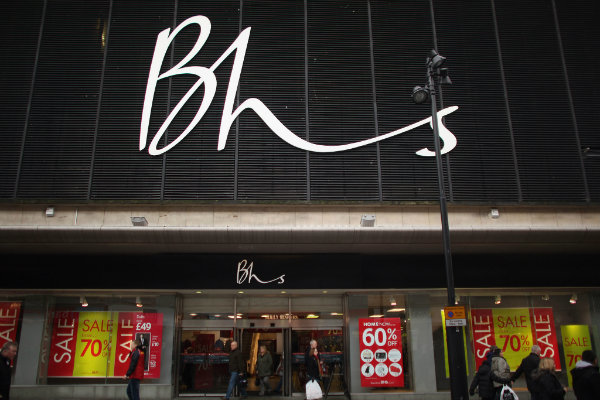The subject of loyalty programmes is more topical than ever, with today‘s brands falling over themselves to win customers and grow a loyal fan base. However, in doing so many are in fact turning consumers away by failing to properly engage with them. Indeed, Gartner [1] suggests that brands have been disengaging them for over a decade, in a bid to lower costs.
With our recent research revealing that 50 per cent of customers cited loyalty programmes as the key differentiator between brands, it goes to show these schemes play a key part in the purchase decision process, so the right type of engagement is vital in building long-term relationships with customers. In order to put a successful strategy in place, brands need to get under the skin of their customers and understand what motivates them and makes them tick.
In today‘s omni-channel environment, brands also need to consider consistency of message across a variety of platforms, with consumers now using a number of different ways to communicate with providers. It is important that these means of communication are both utilised and fully understood by brands before embarking upon an engagement strategy, and time is spent to plan how best to reach out to customers via these channels.
To help uncover where brands are going wrong and how to get it right, Adam Goran, Divisional Director for Customer Engagement at Grass Roots Group, shares some key rules of engagement that brands should follow to revitalise their customer loyalty programmes:
1 – Keep it relevant and personal
It cannot be stressed enough the importance of relevant customer engagement, especially when it comes to loyalty programmes. By sending generic offers for products that customers have never bought can have a damaging effect upon the output of a loyalty programme.
By continuing to send out offers in bulk, the disconnect between consumers and brands has resulted in over a quarter (27 per cent) of people leaving a loyalty programme.
2 – Transactional data isn‘t enough Whilst transactional data provides great insight into the day to day habits of a consumer, retailers need to use more than just raw data in order to make relevant, personal and timely interactions. Attitudinal data is paramount for brands when evolving an engagement strategy as it allows them to delve deeper into customer preferences and assists with the process of personalisation.
External factors such as weather and festivities will always have an effect upon the purchasing decisions made by customers. Whilst many retailers like to stick to reliable transactional data, being one step ahead and providing useful timely offers can do wonders for creating brand advocacy.
3 – Random acts of kindness
Unexpected acts of kindness can go a long way in building lasting relationships with customers. By showing that a brand really understands them as an individual and offering a regular customer the opportunity to visit their favourite restaurant with a loved one, or realising that their favourite band is performing locally and giving them tickets, rather than a discount off their next shop, can speak volumes.
However, while this personal touch will be appreciated, retailers need to ensure that boundaries aren‘t broken and the customer doesn‘t feel their privacy has been invaded, which may make them feel uncomfortable about partaking in the loyalty programme. If an act of kindness is targeted and approached correctly, the customer will feel personally rewarded.
4 – Change and evolve
As modern day life continues to evolve, so must loyalty programmes. Frequently used and repetitive rewards can leave customers bored and many will become unresponsive and immune to rewards or offers they receive regularly from certain brands.
By keeping one step ahead of customer expectations, a brand will look fresh as they compete to retain cust
RELATED STORIES
















